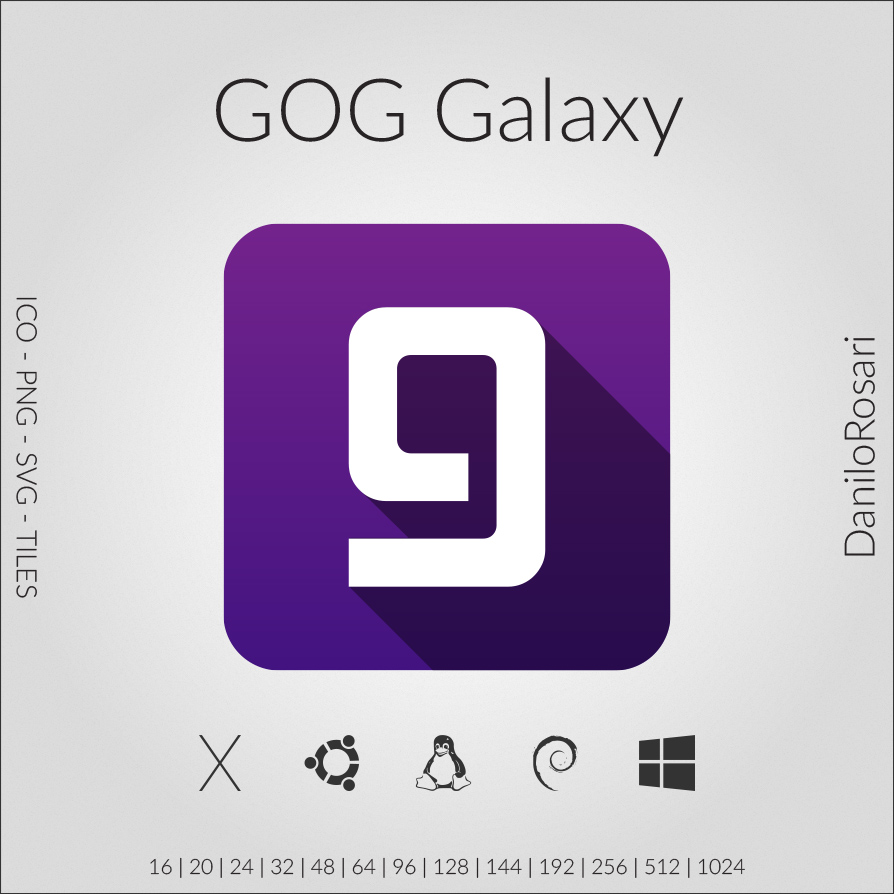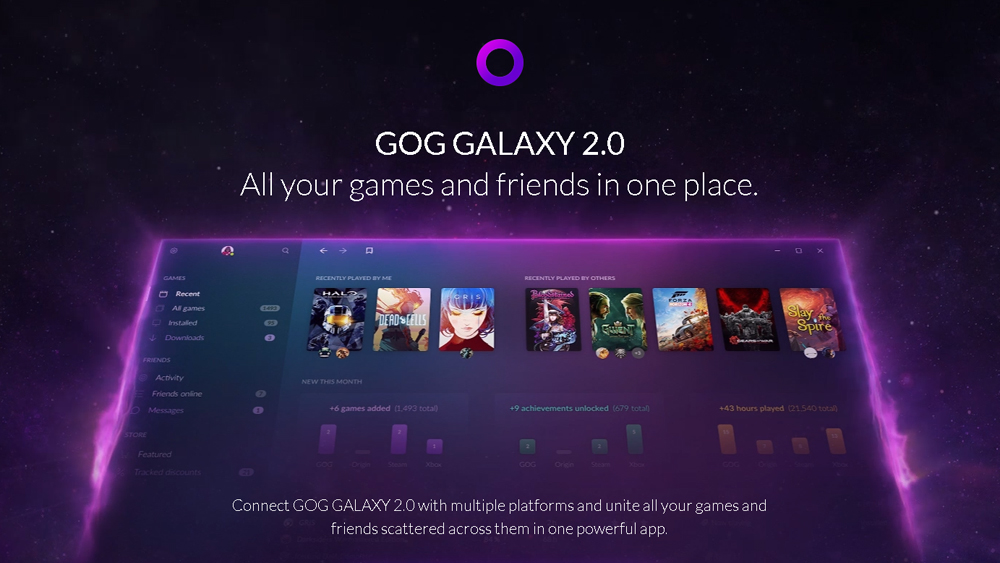


One of the main reasons for this might be that there’s a single list of games, and it might dissuade anyone from purchasing a game directly from, say, Uplay, if a Steam equivalent is available.įor a long time, brand loyalty was driven by the awful quality of these other launchers (Games for Windows Live, anyone?), but nowadays, things are looking different.

Those who are loyal to Steam or another online platform might prefer to get their games from a single place, regardless of whether they might cost a little more. Sure, Epic Games famously charges a lot less of a margin on each individual sale, but 12% is still more than 0, so we still see platforms like Uplay, Origin and Blizzard (formerly ).
#Gog galaxy status download
Of course, there are still many costs associated with running one’s own launcher, such as the bandwidth required to allow users to download games and patches, and there’s always payment fees, but this is likely to be a fraction of the 30% Steam is asking for. With their own platforms, this is cut to 0. Steam takes 30% of the revenue of any major publisher whose games are listed on its platform. It makes perfect sense if you think about it commercially. But as the catalogues of other major publishers grow and grow, they see more of a benefit in creating their own launchers, to compete with, or simply exist alongside, Steam. Launchers everywhereįor a long while, Steam, the pioneering platform behind digital distribution of games (anywhere, not just on PC), was the market leader, and, to some extent, it still is. Okay, that last one is impossible, for sure, but either you sway towards the type of person to keep things neat and organised, or… well, we all know at least one of the other type. Household bills, the inside of your car, dog toys.


 0 kommentar(er)
0 kommentar(er)
